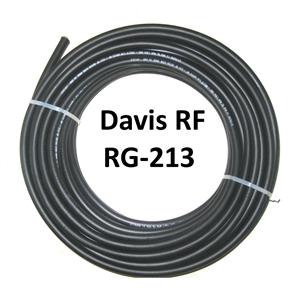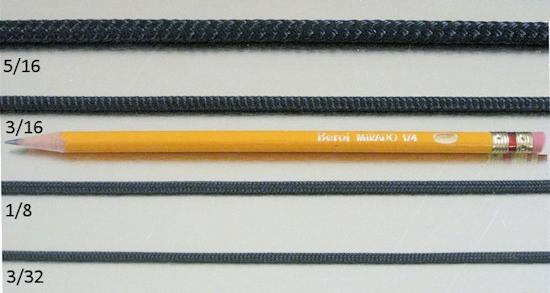Understanding Amateur Radio Coax Cable: A Comprehensive Guide

Amateur radio, also known as ham
radio, is a fascinating hobby that allows individuals to communicate with
others across the globe. Central to this setup is the amateur radio coax cable,
a critical component that ensures clear signal transmission between the radio
and the antenna. This guide will delve into the importance, types, and proper
usage of amateur radio coax cable.
Types of Amateur Radio Coax
Cable
There are several types of Amateur
radio coax cables, each with its own characteristics and suitable
applications. Here are the most common types:
- RG-58: Its flexible, thin coax cable ideal
for short runs and low-power. It's commonly used in mobile and portable
setups due to its lightweight nature.
- RG-8X: Slightly thicker than RG-58, this
cable offers better performance for longer runs and higher power levels.
It's still relatively flexible and easy to work with.
- RG-213: This cable type is ideal for higher
power applications and longer cable lengths due to its minimal signal loss
and reputation for durability. However, it is thicker and less flexible
than RG-58 and RG-8X.
- LMR-400: This high-end coax cable offers
superior performance over extended distances with no signal loss. It's
more expensive but worth the investment for serious ham radio operators.
Choosing the Right Amateur
Radio Coax Cable
When choosing an Amateur radio coax cable, these are the
factors to considers:
- Length of the Run: Longer cable runs require
a thicker coax cable with lower signal loss. For short runs, RG-58 or
RG-8X might suffice, but for longer distances, RG-213 or LMR-400 is
recommended.
- Power Levels: Higher power levels demand a
more robust coax cable to handle the increased RF energy without
overheating or degrading.
- Flexibility: If you need to route the cable
through tight spaces or frequently move your setup, a more flexible cable
like RG-58 or RG-8X is preferable.
Proper Installation and
Maintenance
To ensure optimal performance of
your Amateur radio coax cable, proper installation and maintenance are
essential. Here are some tips:
- Steer clear of Sharp Bends: Signal loss may result from sharp bends
damaging the cable's internal structure.
- Secure Connections: To stop signal leakage,
make sure all connectors are securely fastened.
- Weatherproofing: For outdoor installations,
protect your coax cable from the elements by using weatherproof connectors
and sealing any exposed connections.
- Regular Inspections: Periodically check your
coax cable for any signs of wear, damage, or corrosion. Replace any
damaged sections promptly to maintain signal integrity.
An Amateur radio coax cable is an indispensable component of any ham radio setup. By understanding the different types of coax cables and selecting the right one for your needs, you can ensure clear and reliable communication. Proper installation and regular maintenance will further enhance the performance and longevity of your coax cable.











Comments